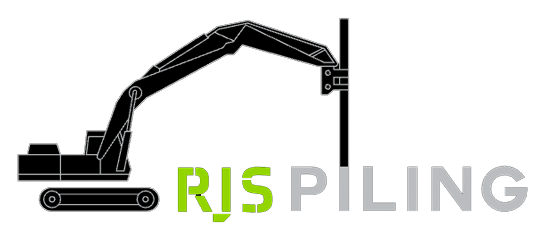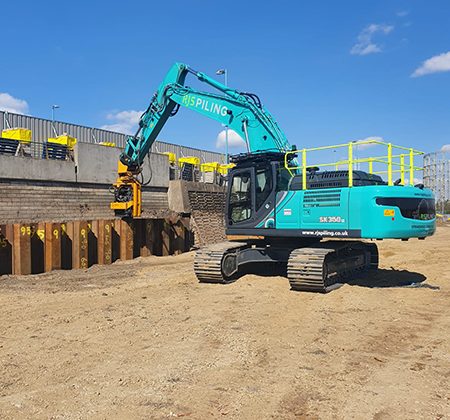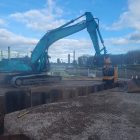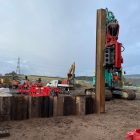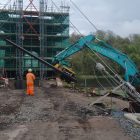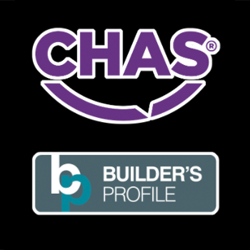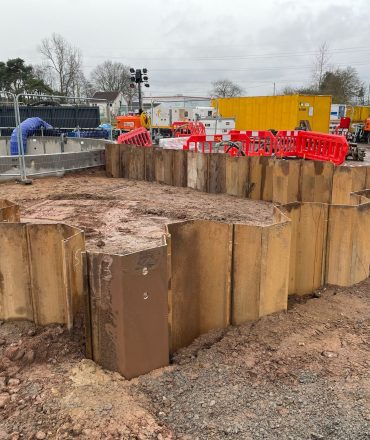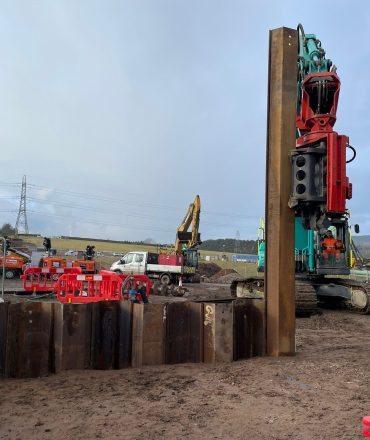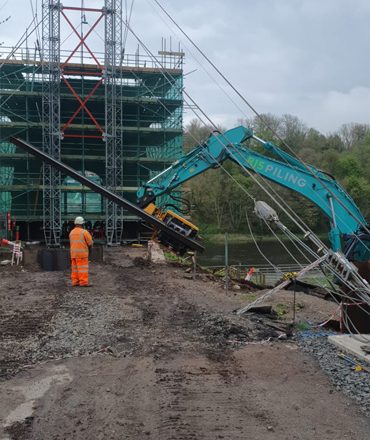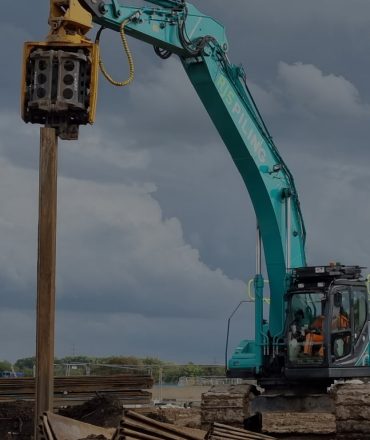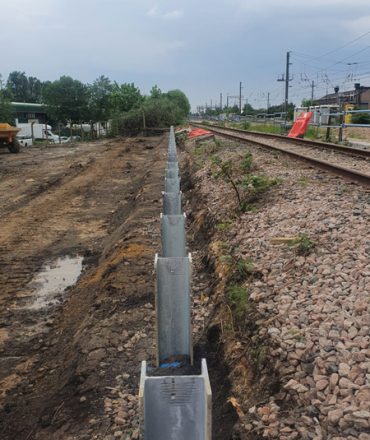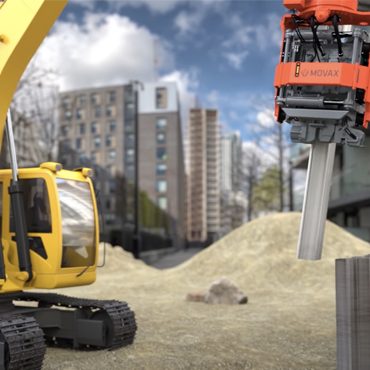Advantages and Disadvantages of Sheet Piling
Steel sheet piling is used as soil retention and support for excavation. Use steel sheets that interlock to create a solid barrier and holding soil back.
If the wall is too long or tall, then it is important to add anchors to withstand the weight of the earth pressing against it.
Steps for Steel Sheet Piling
1. Set out the sheets in parts to make sure that the piles are correctly interlocked.
2. Drive every sheet to the depth that was laid out.
3. Then drive the second sheet between the first sheet and the second locked sheet that has the interlocks.
4. Repeat until the wall completion.
5. For the installation of steel sheet stacks, vibratory hammers are used. If the soil is too thick for the vibratory hammer, an impact hammer is used.
6. The sheets are forced into place by hydraulics at places where vibrations are not recommended.
The Benefits of Sheet Piling
• It is light in weight, making lifting and handling easy.
• It is reusable and recyclable.
• The length and design of the pile are easily adjustable.
• Joints are designed to withstand the high pressure necessary for them to be placed in place.
• Just a little maintenance is needed above and underwater.
Disadvantages of sheet Piling
• If the soil is rocky or has major boulders, installing sheets into it becomes difficult.
• This will create an environmental disturbance if you use vibratory hammers to mount the sheets into the earth.
• Parts can seldom be used as part of a permanent structure. The permanent sheet piles can remain on the ground and serve as a foundation for long-lasting retention.
